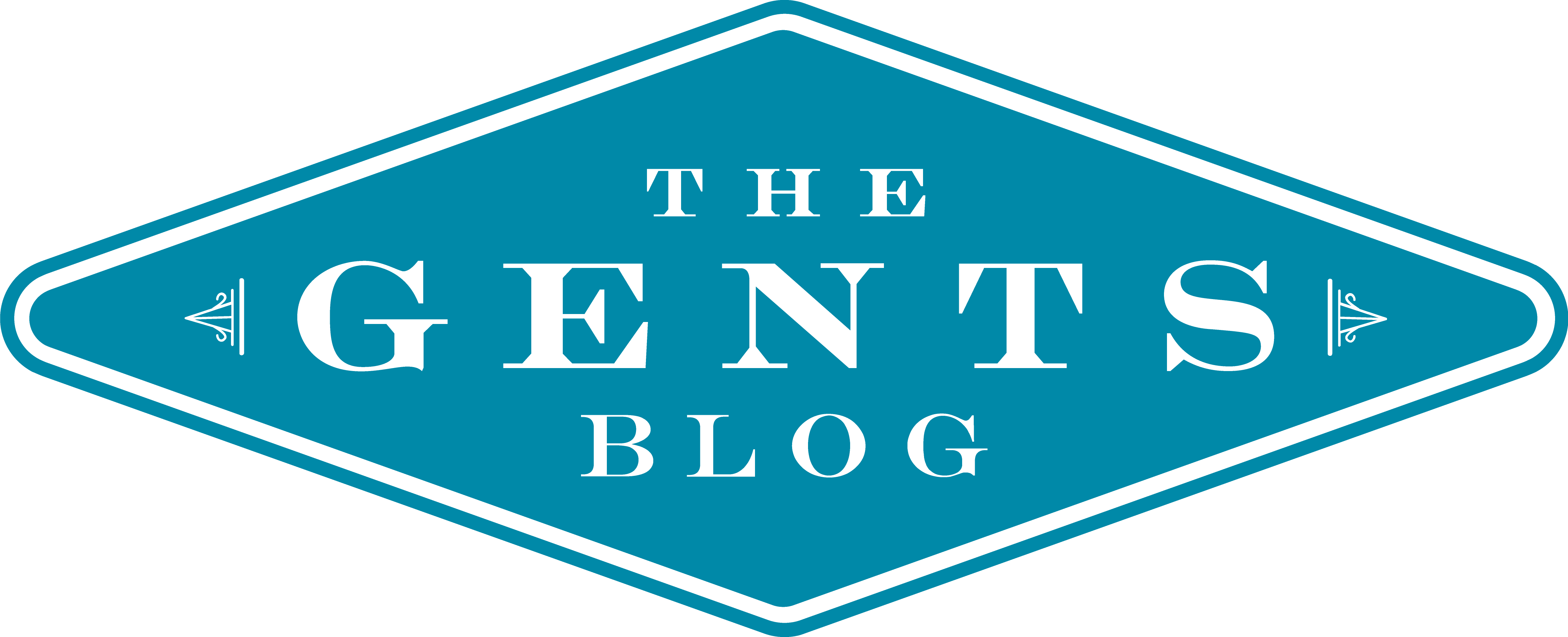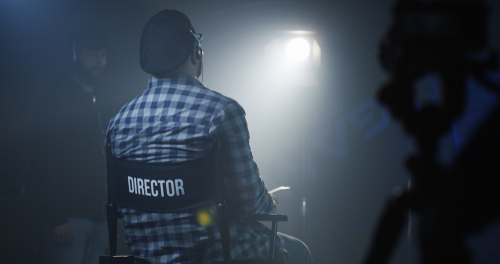This is a guest post from Ian Birke.
Celluloid filmmaking has become a thing of the past. In just a few decades the use of celluloid for cinema, television (including live sports) has been replaced with crisp, clear digital photography. Now it’s considered an uncommon artistic choice to shoot a film on actual film (unless you’re Tarantino, Nolan, and Paul Thomas Anderson for example).
Celluloid largely kicked the bucket because of how much cheaper and efficient it is to use digital photography instead. But what has been lost artistically in order to save time and money? Is the cinematic medium as a whole artistically worse off now that digital photography is the norm?
On the one hand I would argue that yes, it is. There are fundamental things celluloid film achieves to a greater degree than digital photography.
Lord of the Rings vs. The Hobbit
The first worth mentioning is how celluloid film is far better at immersing the viewer into the story. An example of the stark difference celluloid versus digital can make can be seen by comparing Peter Jackson’s Lord of the Rings trilogy with his Hobbit Trilogy.
In the Lord of the Rings, which was shot on celluloid film, we are presented with what feels like an aged world. In The Fellowship of the Ring (the first of the Lord of the Rings trilogy) it is much easier to get a sense of how old and mysterious the world is; whether it be the Mines of Moria, or the Anduin River with its great towering statues of Kings long since past. At the time the Lord of the Rings films were made it would be taken for granted just how effective celluloid is as a medium to create that wondrous sense of history and mystery.
Then if we take a look at The Hobbit trilogy, shot in 5k digital resolution, we see the same world but with none of the mystery and wonder that was present in the Lord of the Rings trilogy. One reason for this is that the image captured by digital photography is simply too clear and crisp, and audiences associate crisp clear digital footage with what they see every day on their smartphones, in documentaries, and sports. It all screams ‘modernity.’
Too Perfect
With digital photography each pixel perfectly lines up with what is shot. It’s pristine, cold, and clinical. Celluloid however doesn’t capture pixels, instead each frame of film is a photochemical reaction that is irreversible. Digital photography is as if one were looking through a window at the view that was captured. Celluloid is more like an abstract painting, an interpretation of the scene; not 1:1 and imperfect from the beginning.
The human eye is drawn much more to imperfection and things which suggest the passage of time. Take for instance moss on a tree, worn footpaths in nature, or the particular kind of beauty that comes as we all grow older.
Even before the irreversible capturing of the image, celluloid as an object is in a state of decay. Many classic Hollywood film negatives are kept in cold storage to slow down this decay, but every film reel will inevitably no longer be usable (thankfully we are able to transfer the footage over to digital so these films aren’t lost). When celluloid films were shown with projectors in cinemas the film reel itself would get worn down with each use, which meant no two viewings shown from the same reel to audiences were exactly the same.
It may be that celluloid will remain an uncommon option for filmmakers for years to come. Mainly this will be for financial reasons, because of the steep cost involved to shoot on film. But also because filmmakers generally prefer being able to shoot multiple takes without the worry of running up celluloid usage, being able to watch takes back on the day rather than waiting for the footage to be developed, and so on.
Interestingly, there are ‘films’ which have captured an older cinematic effect despite being fully digitally rendered (or near enough). Take for example James Cameron’s Avatar movies, and Steven Spielberg and Peter Jackson’s The Adventures of Tintin. By being fully digitally rendered with computer imaging technology, these movies have much more in common with cartoons. Because of this, there is an artistic level of abstraction needed to make the unreal imitate films of the past (Tintin bearing a strong resemblance to the Indiana Jones movies for instance).
I’m aware however much of this appeal might be caught up in nostalgia. Maybe in the coming years a generation that has grown up with digital filmmaking as the norm will see it as nostalgic and ‘old’ in the same way celluloid is viewed today. We’ll have to wait and see.



